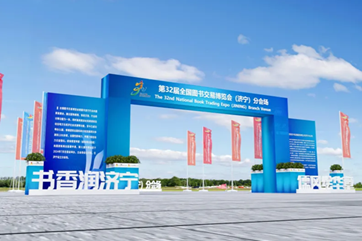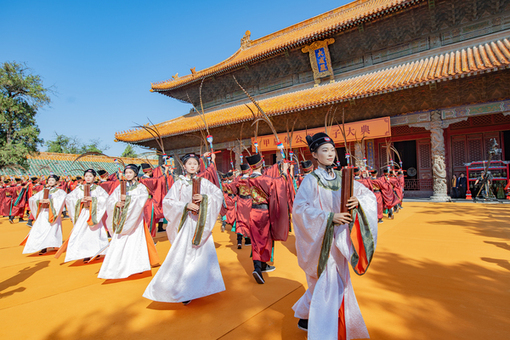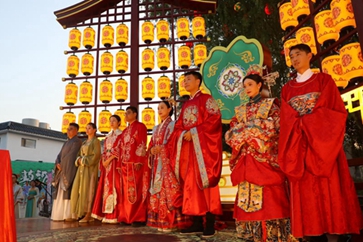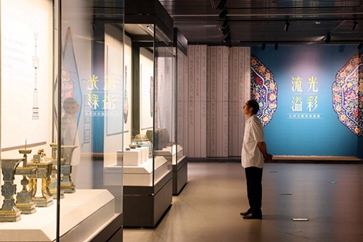World's oldest tea residue discovered in Jining
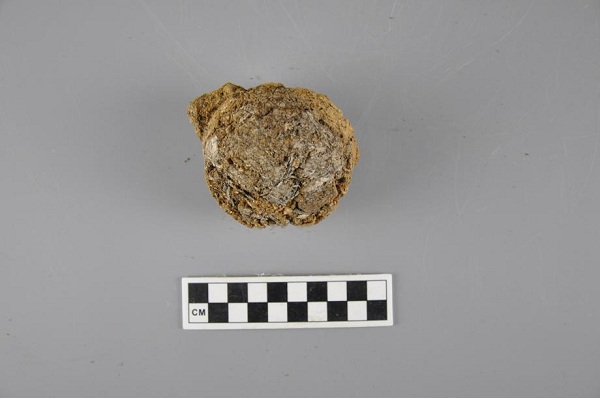
Residue from a bowl found in tomb No 1 at Xigang in the ancient capital of the Zhu Kingdom in Shandong province. [Photo provided to chinadaily.com.cn]
Charred material in a bowl found in a tomb from the early Warring States Period (475-221 BC) in Zoucheng, Shandong province, is tea residue — what's left over after boiling or brewing — according to an analysis published in Archaeology and Cultural Relics by a team from Shandong University.
The discovery is physical evidence of tea in the 453-410 BC period, making it the oldest tea remains in the world, the article said.
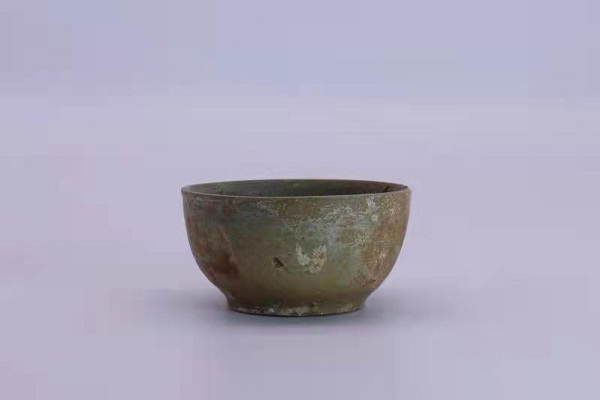
A bowl found in tomb No 1 at Xigang in the ancient capital of the Zhu Kingdom in Shandong province contained tea residue. [Photo provided to chinadaily.com.cn]
Scientific analysis of the residue was done using techniques such as Fourier transform infrared spectroscopy (FTIR), Gas Chromatograph Mass Spectrometer (GC/MS) and thermally assisted hydrolysis-methylation Pyrolysis Gas Chromatography Mass Spectrometry (THM-Py-GC/MS).
Modern tea and tea residue were used as reference samples.

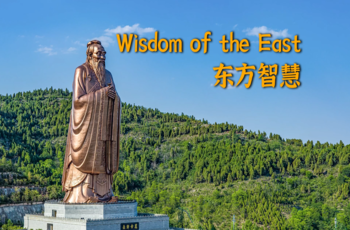 AI-generated theme song released for Nishan Forum
AI-generated theme song released for Nishan Forum  Jining merges past glory with modern brilliance
Jining merges past glory with modern brilliance  Qufu's night tourism innovation enlivens economy
Qufu's night tourism innovation enlivens economy 